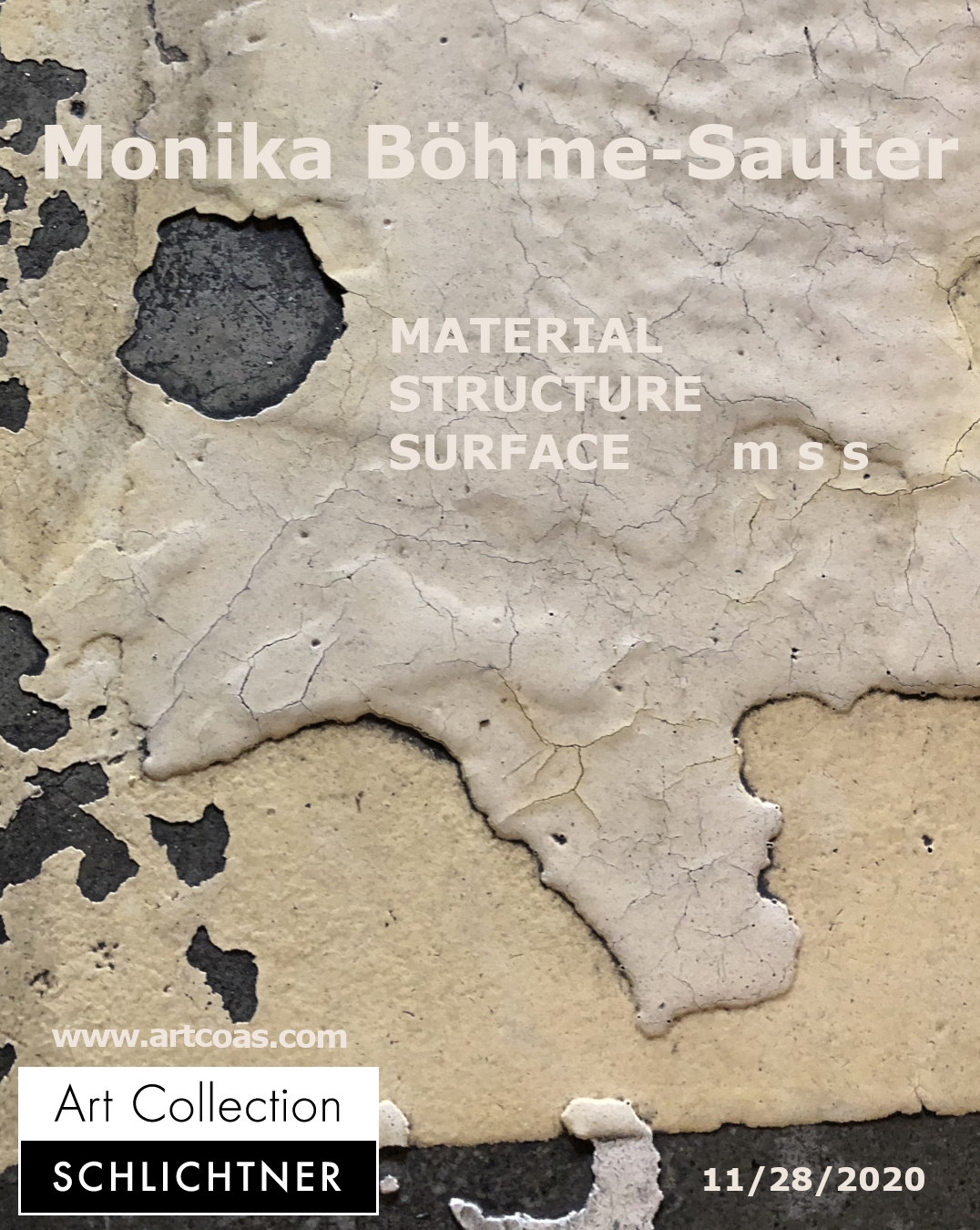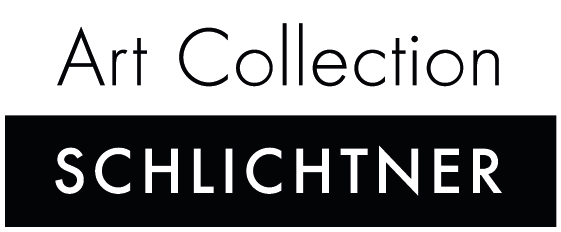A new focus on materiality

Fotocredit: Photo courtesy of Monika Böhme-Sauter
A new focus on materiality
If one thinks of today's discourse on painting from late antiquity to the art of the 19th century, iconography, and iconology with their methods are almost always the topics of focus. Subject, content and symbolic meaning is almost always meticulously researched. Even modern painting, be it just a simple black square, seems to be loaded with meaning through and through, which is quite often promoted by the theories provided by the artists themselves. From 1910 onwards it was possible to free oneself from the line as a means of limitation, but not yet from the need for a meaning conveyed by the image.
The materiality of a work of art itself seems to have received less attention and appreciation up to now. Take for example the respective achievement of the perfection of oil painting by Jan van Eyck at the beginning of the second quarter of the 15th century. This achievement revolutionized the medium of painting and thus made the creation of particularly naturalistic representations possible in the first place. This naturalistic manner of depiction was made possible because oil paints have properties that absorb and reflect light in a certain way and reproduce the different structures painted in the picture in different ways and which itself lies in relief on the surface of the painting.
But let's also think of contemporary painting. Isn't the artist proud of the use of certain techniques and material mixtures that make the surface appear in a very peculiar way, and is he / she not again confronted with the reception of viewers who believe they recognize meanings even in abstract works and that make a work an aesthetic bearer of meaning? Doesn’t the viewer believe he/she has to read the picture as story?
With this in mind, we want to fully engage with materiality, structures and surfaces of objects in our exhibition of the Austrian artist and art historian Monika Böhme-Sauter. We encourage the viewer to focus on the realization that art adheres to the surface of natural appearances, but has its own depth and that material is materiality and structure is the syntax of forms. It is abstract, but real at the same time. Detailed and captured in the moment. Perspective and focused.
We will see how the colors, surfaces and structures of the objects shown have changed over time and that these are in a state of the abandonment. However, it is precisely this thought that leads us to recognize something fateful in each piece, and to look for a symbolic reference to transience and answers of the question of transcendence. It is of course always up to the viewer to decide how he or she deals with Monika Böhme-Sauter's photographs and what the focus could be, or even should be. Nevertheless, it is particularly important to me that I point out the materiality that is so well captured here and so apparently confronting us.
Let us try to leave out the idea of that precedes its material appearance and makes us compare what we have just seen with the ideal type inherent in us. Let us understand that we owe the effect of a picture to the material and the technical processes and let us leave out the Aristotelian understanding, hylomorphic shell and idea. Let us deal with alchemy instead of symbolism. Let us accompany Monika Böhme-Sauter on her tours through Vorarlberg, Switzerland and Liechtenstein, where she has discovered amazing things which she shows us in her exhibition.
Text by Andreas Schlichtner 11/15/2020 // proofread by Kelly Dale
